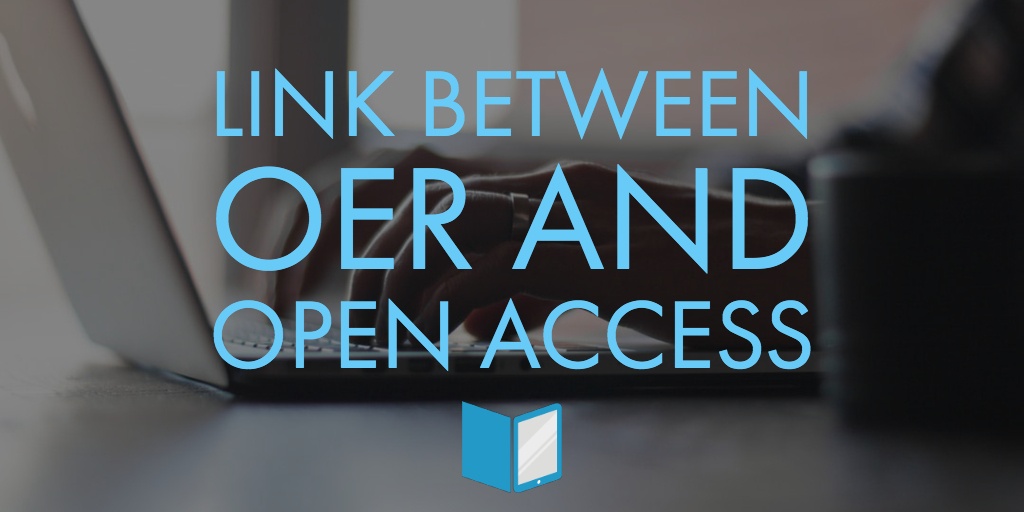

Open Educational Resources (OER) and Open Access (OA) are similar but not the same. While the primary difference between the two concepts is the purpose behind their creation, the synergy lies in quality, visibility, ease of access, and of course cost.
OER are free or low-cost materials that are intended for teachers and learners, and they include the wide range of textbooks and related course resources. Released under a creative commons (CC) or some other open license, or even with a complete waiver of copyright (in which case it is released to the “public domain”), OER are available online and educators are able to adapt and build on them and in this way share their knowledge. They may also be used by researchers who can use and/or adapt the material and then redistribute it.
OA enables anyone to access research documents and other publications from the Internet, also for free or for a relatively low fee. Its focus is on learning environments and the movement aims to capture a global student-teacher audience in distance-learning and open-learning environments. Libraries worldwide are attempting to build digital repositories that will enable them to make research available via the OA route.
Both OER and OA materials take different forms including text, images of various types, video, and audio. Text is peer-reviewed, whether it is in the form of articles, research, textbooks, or anything else. However, the original OER concept was specifically to provide students and teachers with free access to higher education curriculum materials. The OA movement was launched to enable sharing of research documents and academic journals online. Licensing of both is similar, and both provide options for publishers and authors.
In spite of the peer-review factor, a possible disadvantage of both OER and OA is that content may be poor largely because it is so easy to self-publish without the usual checks and balances.
Ultimately, whether defined as OER or OA, materials are free or normally cheap, or at least a lot less expensive than materials that are produced in the traditional way. But since OA is a broader term, not everything that offers open access is quality OER, and is not necessarily considered to be OA material. In other words, some open materials are more “open” than others!
Copyright is an important issue that must be considered when publishing OER or releasing OA materials. With both OER and OA materials, only the creator of the original material or publisher (which might be an academic institution or an employer) if the creator signed over copyright, may allow copyright to be assigned to any person or body.
Using a CC license simplifies things because there is a choice of what is allowed, for instance, whether resources and materials may be used commercially. But the person releasing or publishing the material must be the copyright owner to avoid any type of infringement. And if the material is added to or adapted, there needs to be total clarity in terms of what the originator has allowed.
For instance, a basic type of OA known as gold OA generally removes permission barriers and authors usually retain copyright to the original work. But the OA content can be added to and re-used in any form. The author might require a citation in the reworked version and there may be restrictions in terms of how and where the work may be used.
With OER, one of the issues is that often video, audio, photographic, and other materials are included in publications like textbooks. While these add value to the publications, it is vital that copyright owners are consulted and that they consent to the material being released under CC or another open license.
*****Above content taken directly from Gutenberg Technology******